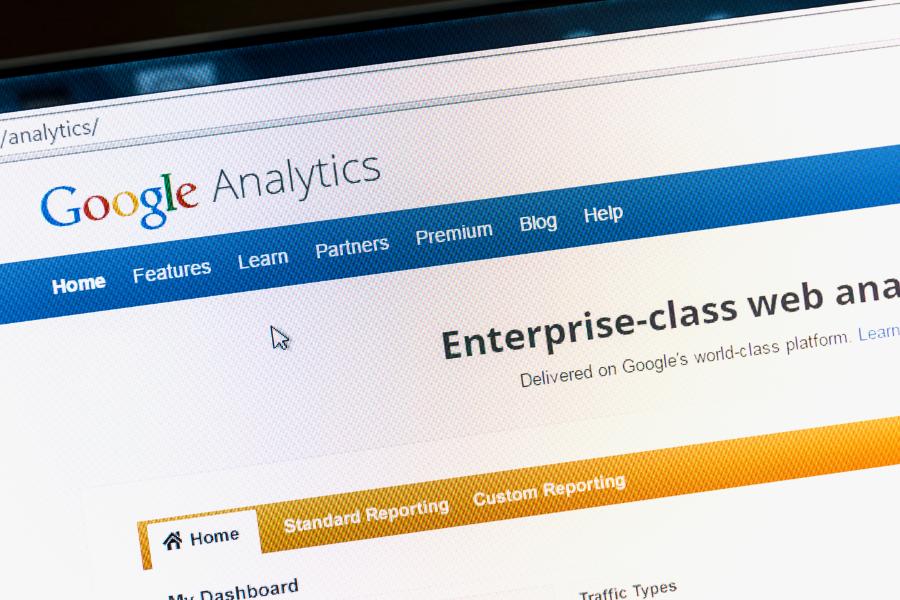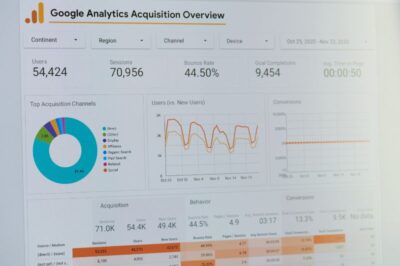
Generally speaking, Google Analytics is free. However, there are some things that you should consider when deciding whether you should pay or not. The main thing is that you need to know what your data will cost you per month.
Free vs paid
Whether you are a small or medium business, you can take advantage of the free version of Google Analytics. It has a number of useful features that will help you make better decisions. However, there are also some advanced functions that you can only access by paying for the service.
There are two main versions of Google Analytics: Google Analytics Standard and Google Analytics 360. Each version comes with its own benefits, but they also have common limitations. For example, the standard version is only capable of tracking 200,000 visitors a month. However, the paid version of Google Analytics is capable of tracking 10 million hits a month. This is a huge number! Moreover, the paid version comes with a service level agreement (SLA) that guarantees the availability of your data.
The free version of Google Analytics has a few limitations, but they are not as significant as the paid version. For example, the data collection limits are higher in the paid version. The data freshness period is also longer in the paid version. This means that the data is collected 12 to 48 hours after the visitor left the site. It is also possible to use custom dimensions on the data collected. These custom dimensions can enhance the data collected.
In addition, the paid version also comes with a SLA and dedicated support specialists. There are also more advanced features available with the paid version, such as the data driven attribution modeling function. This function helps you analyze your marketing touchpoints and develop custom models. The paid version also comes with a higher data processing limit, which is ideal for larger businesses.
The paid version of Google Analytics is a very powerful tool, and the SLA guarantees data freshness. However, you should test the free version before you upgrade to the paid version. It is also possible to get the free version of Google Tag Manager. This is a great option if you don’t want to spend a lot of money on the paid version. You can also integrate your website with a number of third-party marketing platforms, such as Salesforce Marketing Cloud, Marketo and Mailchimp.
Cost-per-event vs hits-per-month
Considering that Google Analytics is one of the largest companies in the world, it’s no surprise that it has a few tricks up its sleeve. One of these is the ability to track multiple events at once, which is useful for marketers who wish to avoid sending the same data over and over again. Another trick is to send each event as a separate request, which reduces the load on Google Analytics servers. This is a good thing for marketers on a budget, as the cost of hosting a few hundred events per day is no small feat.
 There are plenty of other gizmos to be found in Google Analytics, including a cool new way to send and track data from mobile applications. But there’s a reason that the company’s flagship product is the gold standard in Web analytics. From the data you collect, Google Analytics will show you which pages on your site are getting the most attention, how long they remain there, and even which elements of your site are getting the most traffic. It also allows you to track the clicks and click-throughs from those visitors.
There are plenty of other gizmos to be found in Google Analytics, including a cool new way to send and track data from mobile applications. But there’s a reason that the company’s flagship product is the gold standard in Web analytics. From the data you collect, Google Analytics will show you which pages on your site are getting the most attention, how long they remain there, and even which elements of your site are getting the most traffic. It also allows you to track the clicks and click-throughs from those visitors.
Cost-per-event decreases as data volumes increase
Besides the fact that the biggest data breach of all time will be a doozy in the not too distant future, a lot of banks are also having to deal with the nitty gritty of encrypting and securing their proprietary data. Luckily, a little bit of planning and forethought will go a long way towards ensuring your data is secure and your organization is able to sleep at night. In fact, it’s a good idea to create a comprehensive data security plan based on your data’s unique characteristics, so you’re not left shivering in the cold. Keeping your data safe is no small feat, and the best way to accomplish this is by using best practices and a proven solution. Using a data security solution that can scale with your organization is the first step towards achieving your data security goals.





